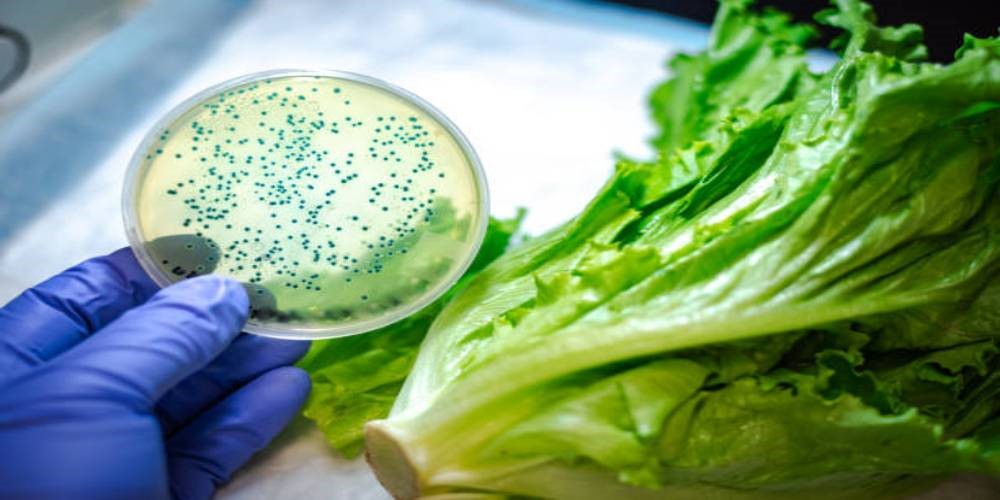E-Coli infection – NEWS UPDATE
On October 31, 2023, Alberta Health Services reported that an E. coli outbreak in Calgary daycares is over, eight weeks after it started. The outbreak was connected to hundreds of infections, mostly children, and was linked to a central kitchen used by several daycares. Health officials said that meat loaf and vegan loaf meals served for lunch on Aug. 29 was most likely contaminated with E. coli bacteria that led to the outbreak.
Alberta’s government is now focused on ensuring Albertans never experience another E. coli outbreak. The company’s directors also face 12 charges under municipal bylaws and will appear in court in November.
Several important lessons have been gleaned from this E. coli outbreak, and we touch on a few key takeaways.
What is the issue with E-coli?
E. coli, short for Escherichia coli, is a type of bacteria naturally found in the intestines of humans and animals. While many strains of E. coli are harmless and even beneficial, some can cause illness. Harmful strains of E. coli can contaminate various food products, typically through improper food handling or contaminated water. Harmful E-coli infections can lead to diarrhea, cramps, nausea and vomiting with possible further complications especially in in young children, older adults, or individuals with weakened immune systems. The good news is that E. coli infections are mostly preventable with proper precautions and following sound food safety practices.
Now What?
Ensuring adherence to government-required food safety standards is critical in restaurants, food production facilities, and even at home. This demands continuous food safety training of staff and ongoing reminders. For example, proper food handling, cooking meats thoroughly, practicing good hygiene, and ensuring proper sanitation in food preparation are essential to prevent E. coli contamination and the potential onset of foodborne illnesses.
5 Essential Tips from Our Food Safety Pros to Prevent E. coli Infection
- Cook and reheat food thoroughly. Use a food thermometer to ensure safe temperature has been reached. (e.g., 165°F or 74°C for meat and poultry (Health Canada).
- Rinse fruits and vegetables in running water before eating or cooking them.
- Avoid raw milk and unpasteurized dairy products.
- Separate raw meat from ready-to-eat foods like fruits and vegetables. Use separate cutting boards and utensils for raw and cooked foods, and wash your hands, utensils, and surfaces frequently with soap and water.
- Clean your hands. Practice proper handwashing using soap and warm water for at least 20 seconds before handling food, after using the restroom.
Are you looking for additional professional food safety training tips for your foodservice team or home cooks? Reach out to us for your food safety training needs.
Written by Lucia Weiler, BSc, RD, PHEc, Award-winning dietitian and Owner, n4nn
References:
– The Canadian Press, Oct. 31, 2023. Available at: https://www.timescolonist.com/alberta-news/calgary-daycare-e-coli-outbreak-over-after-eight-weeks-alberta-health-services-7764918
– Health Canada (2021) Available at E. coli (Escherichia coli) infection – Canada.ca


